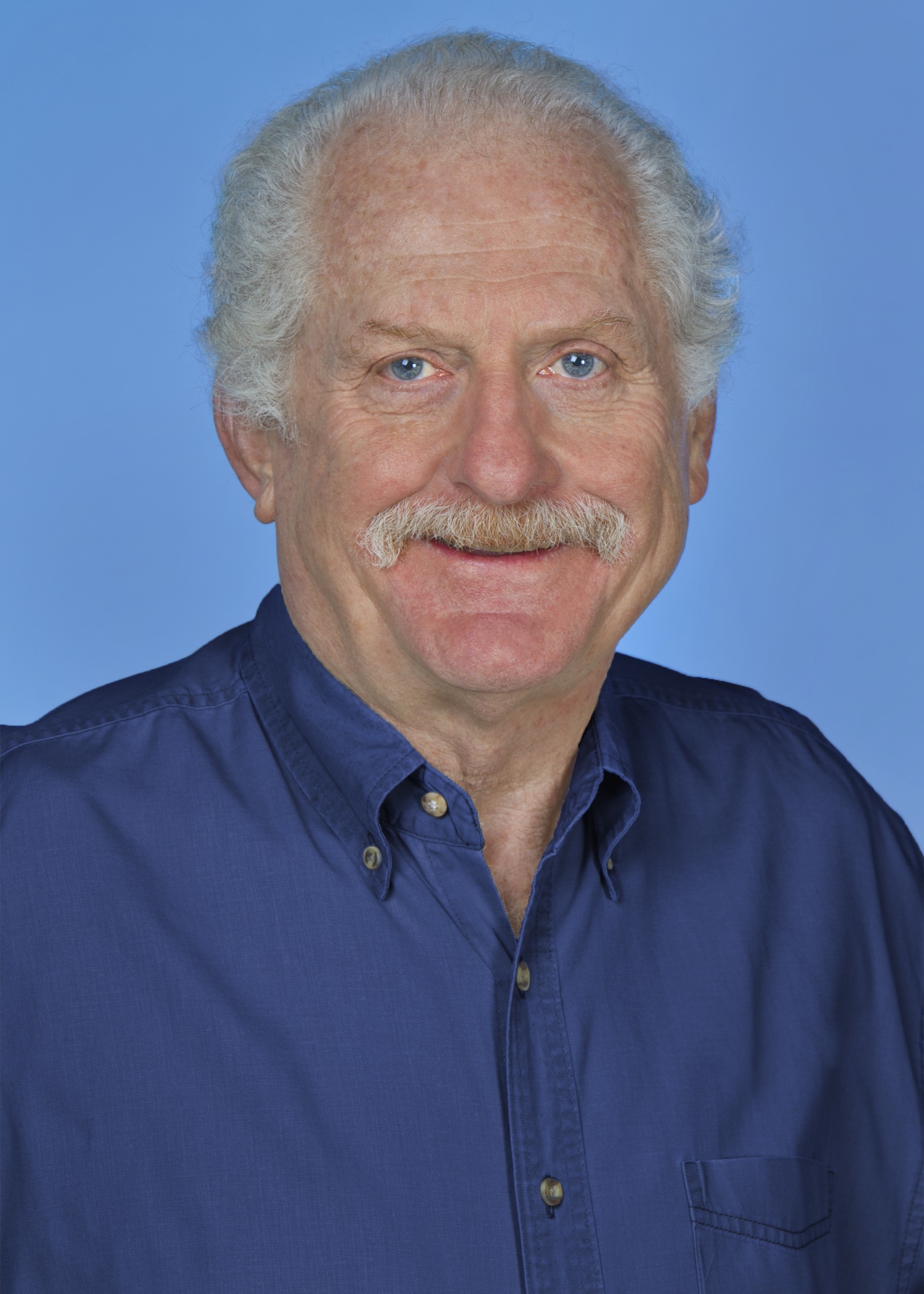Its technology has helped engineers put rovers on the surface of Mars, aided scientists in their search for physics’ most elusive particles, fuelled Formula 1 success, and driven the development of everything from new energy sources to life-saving medical devices.
And although it may not — like a BAE Systems or a Rolls Royce — be a household name, few engineering firms can claim to have had an impact in as many different sectors as National Instruments (NI).
Founded in Texas in 1976, NI has grown over the last four decades to become one of the world’s top software companies. Employing more than 6,000 people across 48 countries, the company last year posted a record annual revenue of $1.02bn. Today, its flagship Labview product — which enables engineers and scientists to program graphically by ‘wiring’ icons together instead of typing text — is perhaps the most ubiquitous bit of engineering software in existence.
And the credit for much of this growth can be placed with the company’s co-founder and chief executive Dr James Truchard, or ‘Dr T’ as he’s affectionately known by his colleagues.

Talking to The Engineer during a visit to his company’s annual London NI Days conference, Truchard, a quietly spoken, charismatic Texan, reflected on the dreams, decisions and “dumb-luck” that have driven his firm’s success and outlined an approach to running a business that will resonate with any technology firm looking to find its feet.
The company was born, explained Truchard, out of a simple desire to do something enjoyable. Working in a research lab at Austin’s University of Texas, and frustrated by the bureacracy of applying for funding each year, he began to weigh up his options. ‘My goal was to be able to define my destiny,’ he said, ‘I wanted to create a job that I liked. I liked working with technology and working with customers that are scientists and engineers seemed like a good idea.’
So, in 1976, in the modest surroundings of his garage, Truchard and his university colleagues Jeff Kodosky and Bill Nowlin launched National Instruments.
Growth was initially relatively sedate. It wasn’t until 1980 that the three entreprenuers were able to devote themselves full time to the project, and LabView was still 10 years away from commercialisation.
‘We stepped back a few steps in terms of what we were doing to find an area in which we could be successful’
Instead, the trio started out by making GPIB (General Purpose Interface Bus) interfaces for connecting instrumentation to microcomputers, which, in pure technology terms, represented a step-back from some of the more advanced stuff they’d been doing in the lab. ‘The product we picked was based on our skill set and how much effort it would take to create,’ explained Truchard. ‘We picked GPIB interfaces even though we’d been working on some very sophisticated computer-based measurement systems, so we actually stepped back a few steps in terms of what we were doing to find an area in which we could be successful.’
The nascent company even turned down an opportunity to commercialise an instrument they’d developed in the lab because it would have put them into direct competition with their GPIB customers, a move described by Truchard as ‘a very wise decision’.
As the business grew, the expanding team started to look around for new opportunities, and Kodosky began developing Labview. ‘He went off for two years to try to figure out how to do it and came up with a solution that nobody’s found a better way of doing.’
Truchard admits that, in the beginning, there was an element of good fortune to the company’s early success. ‘Nothing beats dumb luck,’ he reflected, ‘we had a list of 10 things we could do and we voted. That seems like a pretty random way to do things and luck has to play a role in the success.’
But good fortune aside, the over-riding impression of the company’s early days is one of considered and measured growth — rather apt considering that measurement is very much NI’s stock in trade.
‘As a privately financed company we were able to grow at a pace where we learned how to run the company’
Truchard believes this gradual growth stemmed from the company’s self-financed origins. There was no insatiable demand for instant return from investors who knew little about the technology and this enabled he and his colleagues to build a business that would last, and that would weather the financial storms of the following decades. ‘We grew steadily over the years,’ he said, ‘if we had been venture financed they would have found it too slow, but as a privately financed company we were able to grow at a pace where we learned how to run the company.’

What’s more, without the pressure from external investors, Truchard and his colleagues could be absolutely honest about the state of the business, an approach that he claims many smaller companies today — often over-anxious to impress investors — would do well to mimic. ‘It’s very important to assess where you are when you start,’ he said, ‘many businesses fail because they make assumptions about where they are that aren’t accurate and end up not getting where they want to go.’
‘We’re very broad based, so there’s good business somewhere. We try to find where people have got money and are spending money’
This culture and approach became so much a part of NI that when the company finally went public in 1995, Truchard balanced his new investors’ desire for 90-day cycles with a bold 100-year plan: a roadmap of key targets and goals designed to ensure that the company maintains its long-term perspective. He proudly cites the firm’s aggressive recruitment drive and continued investment in R&D in the midst of a recession as evidence that this long-term approach is still at the heart of NI’s corporate philosophy.

There are certainly lessons to be learned from NI’s sensible approach to growth, but ultimately, said Truchard, the biggest reason for the company’s success is the fact that its technology has such a diverse customer base. ‘If you’re locked to one sector, then almost invariably sooner or later you’re going to take a downturn, but we’re very broad based, so there’s good business somewhere. We try to find where people have got money and are spending money, which seems obvious in a way. Go where the money is!’
It’s a compelling model for economic success. But perhaps equally importantly it’s also helped Truchard and his colleagues build a company that more than satisifies the founding ambition to create something enjoyable. ‘We’re involved in all the big challenges,’ he grins, ‘there’s a lot of work going on in medical areas, energy, communication, We also work on big physics projects such as fusion and carbon sequestration. I like to visit the big physics experiments around the world, the tokamaks, the accelerators, the light sources — I’ve been to CERN several times.’




Nanogenerator consumes CO2 to generate electricity
Whoopee, they've solved how to keep a light on but not a lot else.